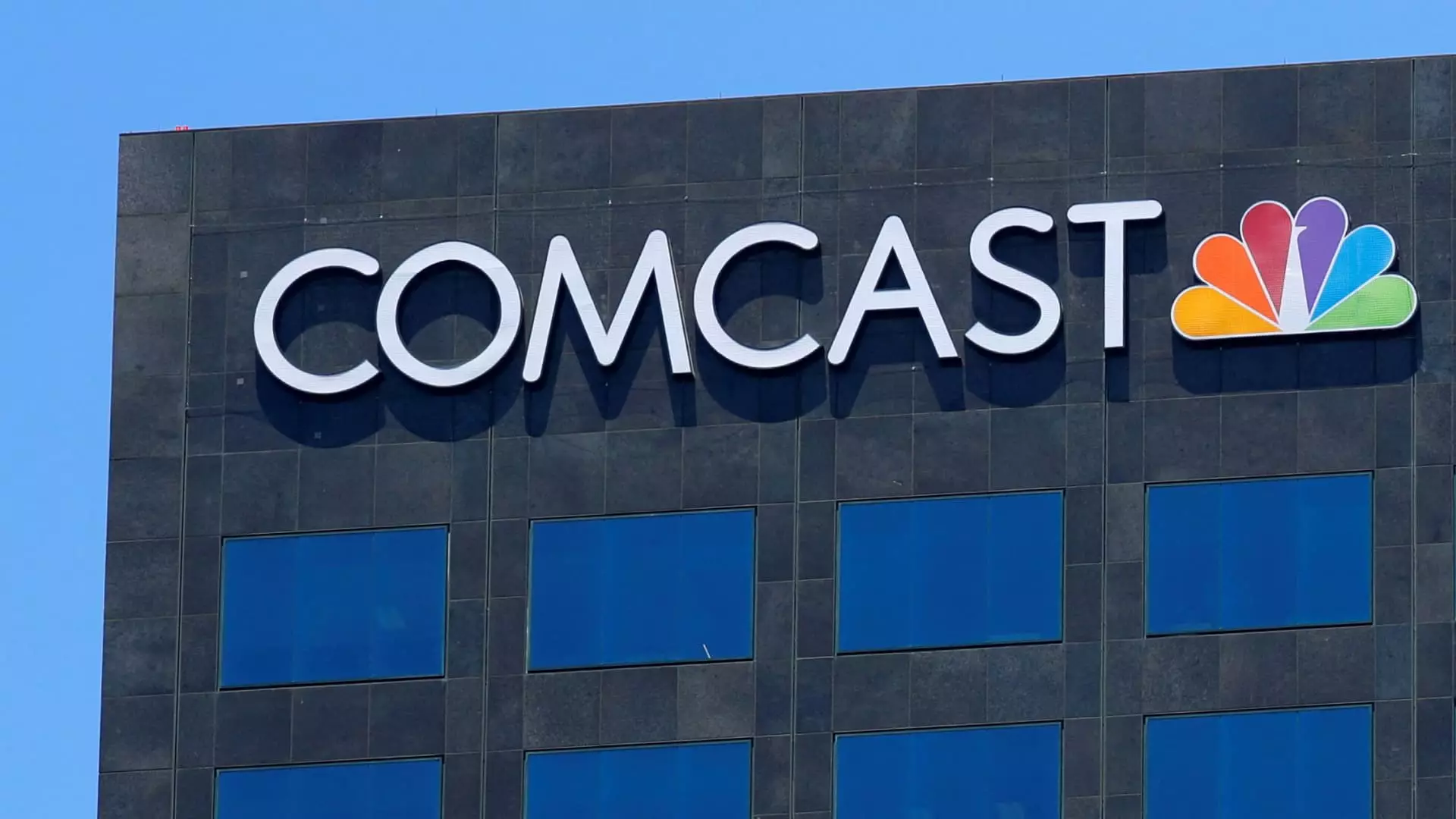As the media landscape evolves and consumer preferences shift toward streaming services, Comcast has made a pivotal decision to separate its cable network channels into a new entity. This strategic spinoff, anticipated to unfold over the next year, is a significant step amid the ongoing trend of cord-cutting that has recently shaped the television industry. Reports suggest an official announcement is imminent, signaling a transformative era for Comcast and its suite of cable networks.
At the helm of the new cable company will be Mark Lazarus, the current chairman of NBCUniversal’s media group. Under his guidance, the new entity aims to leverage existing assets while exploring growth opportunities in a highly dynamic market. Anand Kini, the Chief Financial Officer of NBCUniversal, will assume the financial reins in this new setup, highlighting a continuity of leadership that could foster stability during the transition period.
Interestingly, Comcast’s current Chair and CEO, Brian Roberts, will not serve in an operational role but will retain a voting position. This decision reflects a strategic move to provide the new entity with autonomy while ensuring that Comcast’s overarching interests are safeguarded. Such a dual structure could foster innovation in the cable sector while simultaneously allowing Comcast to retain a degree of influence over its legacy assets.
The rationale for this spinoff is multifaceted. As millions of customers turn away from traditional cable subscriptions in favor of on-demand streaming options, Comcast recognizes the pressing need to adapt its business model. The creation of a separate entity is not merely a defensive strategy; it opens avenues for potential mergers with other networks or acquisitions by private equity firms. This flexibly positions the new organization to respond promptly to market changes, potentially increasing its value in the eyes of investors.
Moreover, the recent surge in NBCUniversal’s streaming platform, Peacock, indicates Comcast’s intention to pivot towards a digital-first strategy. By shedding some of its traditional cable assets, Comcast can focus resources and strategize on streaming, which has emerged as the favored method of content consumption among younger demographics.
Financial implications of this spinoff are also noteworthy. The separation is expected to be tax-free, ensuring that shareholders receive seamless value without immediate fiscal repercussions. Interestingly, Comcast’s media segment reported a remarkable 37% rise in revenue in the third quarter, attributed largely to the surge in viewership during the Olympics. Despite cord-cutting pressures, traditional television networks remain financially robust, offering significant revenue streams. This dichotomy presents a complex picture, wherein traditional cable networks continue to drive profits amidst a clear trajectory toward streaming platforms.
Market reaction to the announcement of the spinoff reflects a cautiously optimistic outlook. Comcast shares experienced an uptick of over 2% in after-hours trading, suggesting that investors view this maneuver as a prudent step forward.
As the spinoff progresses, several considerations will need to be addressed. Licensing agreements for content distribution will be pivotal in determining how well the new entity can operate independently. Furthermore, the relationships between CNBC, MSNBC, and NBC News will need to be carefully navigated to ensure that operational synergy isn’t disrupted.
In the broader context, Comcast’s spinoff reflects a growing trend among media companies to streamline operations and focus on core strengths. Other industry players observing Comcast’s approach may be prompted to evaluate their positions in an increasingly competitive market. The implications of this move stretch beyond mere financial metrics; they signal a philosophical shift toward agility and responsiveness in the face of consumer-driven change.
Comcast’s decision to spin off its cable networks represents a strategic response to a rapidly evolving media landscape. With a renewed focus on streaming and potential for partnerships or acquisitions, this move not only seeks to preserve value for current shareholders but also positions the company as a more competitive player in the future of entertainment. The full repercussions of these changes will unfold in the coming year and will undoubtedly shape the future of cable television and streaming services alike.

